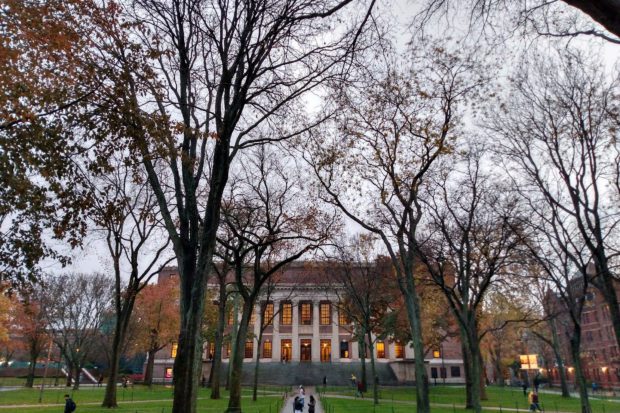
While teaching at Binghamton University in New York for a number of years and at Fresno State for more than 30 years, the author served on admissions committees at both institutions and was struck at how similarly each regulated which students were admitted to matriculate to fulfill their dreams and which students were rejected for admissions. The regulations had two broad categories, one being the “regular-admit” category and the other being the “special-admit” category.
Regular-admit students were accepted based on raw and objective grade-point average (GPA), whereas special admittance was based on a host of sub-factors, such as age, parental alumni status, unique social talent such as the ability to play the cello and other musical instruments and athletic talent.
Many of these students had low overall GPAs but were admitted based on their unique talent. And this is the conundrum rarely discussed or debated when considering the pros and cons of affirmative action.
As each freshmen class has a limited number of seats available, the central question of law and emotion is, “Who took my seat when I was denied admittance?” However, that question can never be answered given the admittance category of “special admit.”
Was a seat given to a white co-ed who is a superb cello player and would add greatly to the university concert or marching band or to the frosh football player, neither of whom passed a high school science or social science course.
Or was a seat given to an old “fart” who was twice rejected for admission. This was the case of 33-year-old Allan Bakke, who applied to the UC Davis medical school in 1978. Bakke claimed race was a special admit category that discriminated against him, and this has become the focal point of the idea of reverse discrimination.
Bakke won his case as the Supreme Court permitted his admittance but said race still could be a factor in regulating who gets in.
In the 2003 Barbara Grutter case at the University of Michigan Law School and the 2015 Abigail Fisher case at the University of Texas–Austin, the answer to the salient question remains unanswered. But Grutter lost her case when the Supreme Court said race could be used but narrowly, and so did Fisher. In these cases, the Supreme Court said higher-education institutions can use race as a limited and narrow factor in creating a diverse class of students.
However, in the 2003 Jennifer Gratz case the Supreme Court said that quotas are unconstitutional. Bakke, Grutter, Gratz, Fisher and many other white and Asian students claimed “reverse discrimination” based on the idea of equal protection per the 14th Amendment and other foundational statutes of equality of all citizens before the law. This idea led to the formation of the organization Students for Fair Admissions (SFFA).
Nonetheless, the category of special admit is trying to reverse the history of discrimination and put a stop to it by admitting qualified minority students once denied admission. This preferred treatment for minorities, once excluded, to now be included as “special admit” with set-aside seats is driven in a moral sense by white guilt.
Whites’ past immoral acts vis-à-vis Black Americans and minorities is the basis for affirmative action. Whites knew then and now know the evils that they perpetrated within past national sins, and the special admit category is a type of “I am sorry.”
To understand the false narrative of “which minority” special admit took a seat from a more deserving white or Asian student per the current cases the Supreme Court is reviewing out of Harvard University and the University of North Carolina, one needs to look at the Abigail Fisher case at the University of Texas–Austin.
Fisher, a good student, scored outside the top 10% of her high school class. If she had scored within that 10%, that would have given her automatic admission. However, many white students and minority students scored the same as Fisher but were admitted as special admits.
A white student admitted with the same score as Fisher could have taken her seat. However, white versus white is not a case in law; only white versus Black is what drives race relations law. Now, given the new conservative majority of the Trump appointee Court, and decisions like the Dobbs abortion case, the projected rulings on affirmative action will be muerte.

A nicely written and informative essay on this subject. It seems to me that this also is an indication of whites believing they have white skin privilege when they come into competition with Black skinned people.